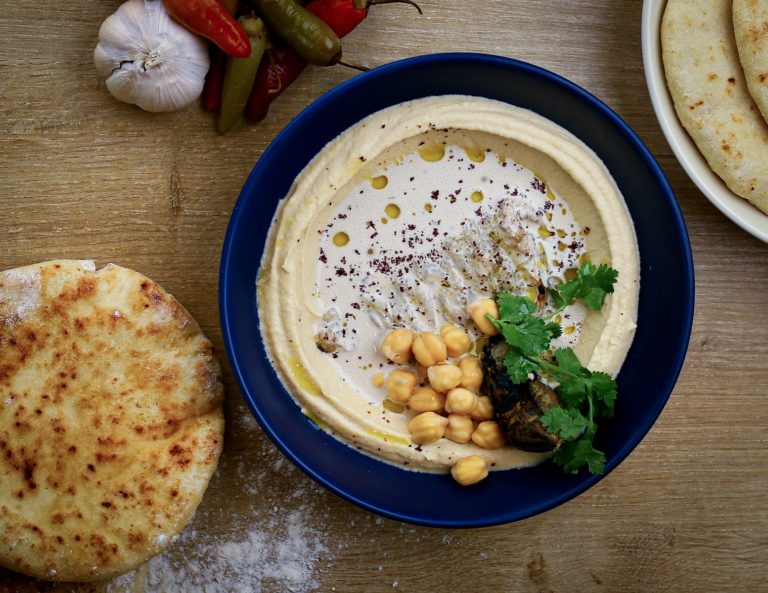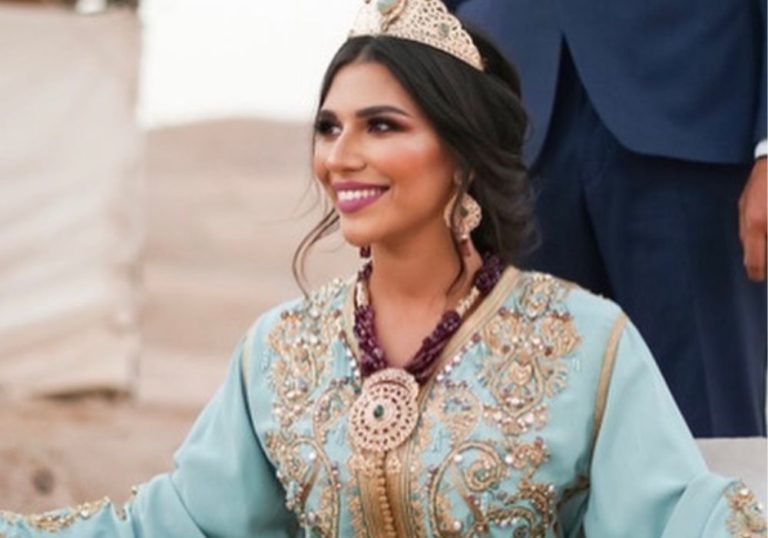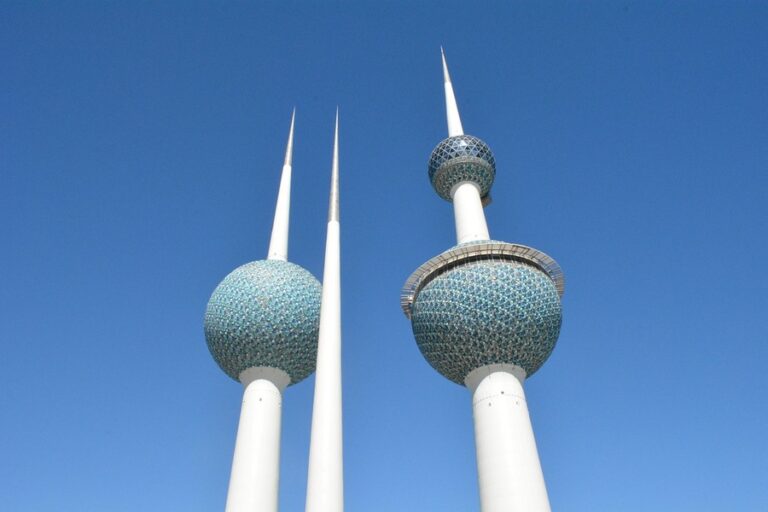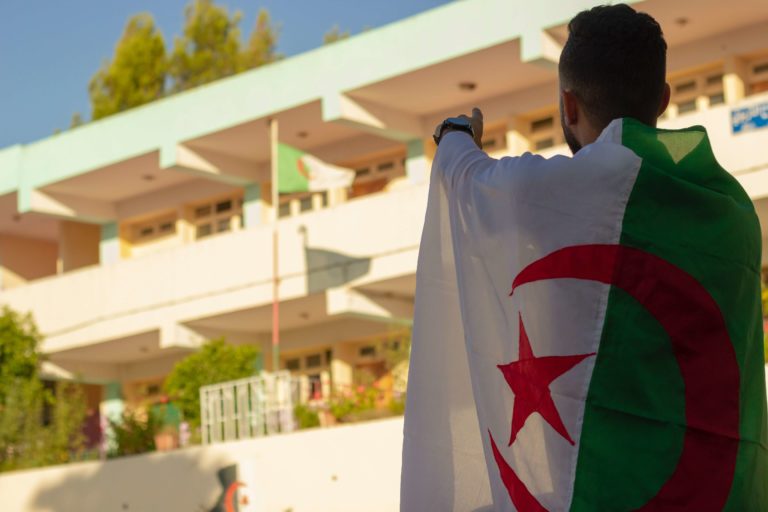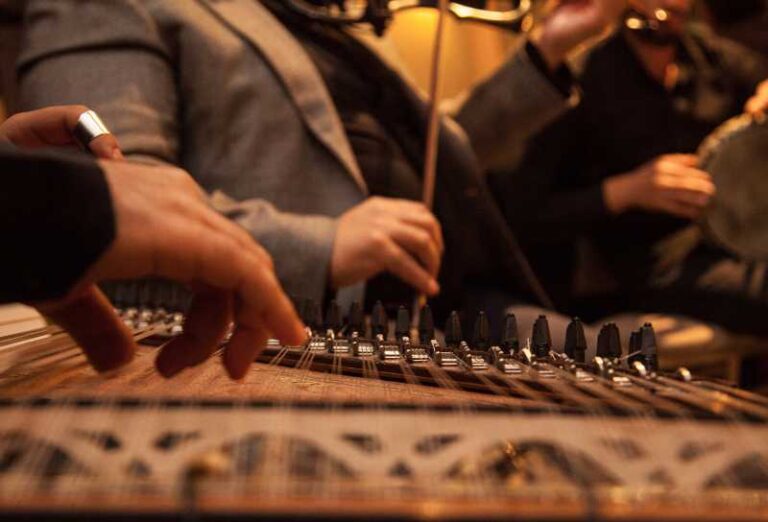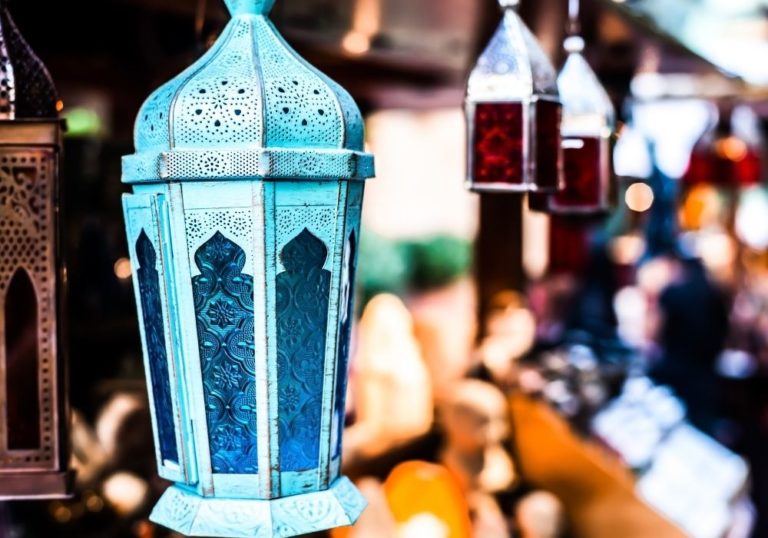Tunisia: People, Culture, and Traditions
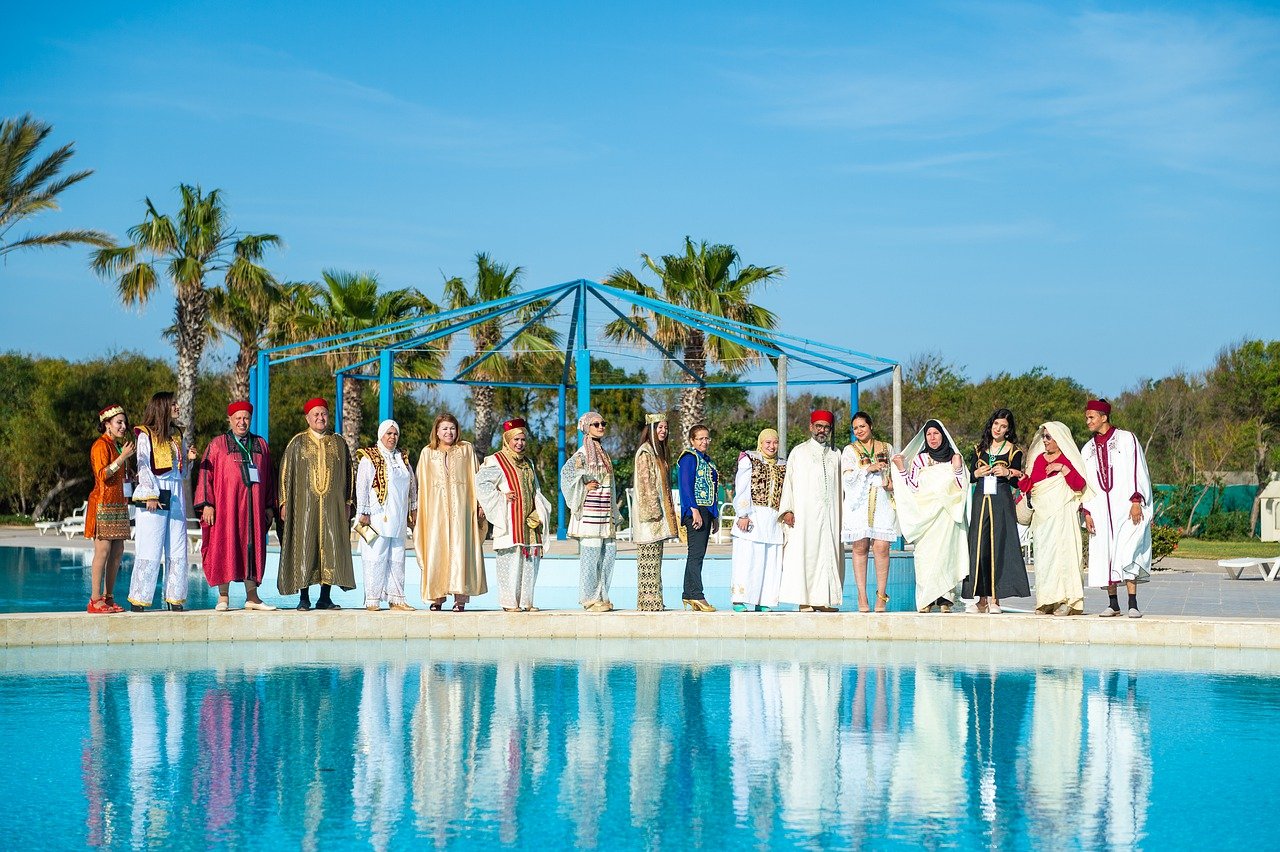
Like many North African countries, Tunisia’s history is littered with migratory forces, conquest, and colonization.
All the great empires of the Mediterranean basin have inhabited and ruled this area -leaving mysterious and fascinating vestiges that continue to enthrall tourists and visitors to this day.
The rich social and cultural heritage that can be found in modern-day Tunisia is largely attributed to major influences that the country has fostered over the course of history.
From the Phoenicians, the Roman, and the Vandals, to the Arabs and the French, each of these dominant powers has managed to leave an indelible mark on the people of Tunisia as well as their cultural scene, customs, and traditions.
Table of Contents
The People & Society of Tunisia
As of 2018, Tunisia has a population of 11.57 million and the vast majority of the country’s inhabitants are of Berber ancestral descent.
Around 98% of Tunisians are Muslim, with the remaining 2% being Jewish minorities and Christians.
Tunisian society is young, with the median age in the country being 31.3 years and 70% of the population being urban.
Tunisia has changed ever since independence, especially women’s position in society, with them being able to go out to work and fulfill, otherwise patriarchal, roles, whether it is at home or in the public sphere.
The country has a contemporary and well-developed education system.
Primary education is compulsory, and there is great emphasis on learning language, particularly French and Arabic, though elite schools teaching in English are becoming more popular by the day.
This is reflected in the literacy rate of the whole population, as it has been in continuous growth since 1960, and is now a whopping 81.8%.
Tunisia is much freer than other Arab and Muslim countries, its people much more liberal than their North African counterparts.
Tunisian fashion, in addition to the overall dominant dress code and everyday attire, is heavily inspired by European and Western practices.
And although Tunisians have readily embraced these foreign influences, they are vigilantly aware of the need to uphold their own values.
With that said, even westernized Tunisians still adhere to customary values, namely the importance of the family unit and its central role in social life.
The people celebrate both Islamic holidays as well as secular and national ones.
Tunisian Culture & Traditions
Tunisia’s busiest tourist attractions and prominent areas show countless signs of Western and European influences.
From fast-food joints and movie theaters to modernized cafes and restaurants, these epicenters are ever subject to the hustle and bustle of urban life.
In juxtaposition with these modern monuments and benchmarks lies the slow-paced development of traditions and customs.
For instance, mosques and bathhouses (Hammams) are still vital components of Tunisian society.
In a way, Tunisian culture has evolved over the course of history through interlacing strands of European tradition with those of Arab and Islamic cultures.
Rather than simply superseding their predecessors, the Tunisian people worked on blending such an eclectic mix of cultures, languages, religions, and ethnicities into one stunningly diverse melting pot.
This fusion is most notable in the Tunisian music scene, which combines Berber and Andalusian influences.
Traditional acoustics also make it to today’s Tunisian modern pop music. On the other hand, Tunisian literature is mainly associated with the Arab world.
In its infant state, the works of literature were primarily theological and historic in nature.
Though the second half of the 20th century has known a huge increase in Tunisian writers expressing themselves in French.
The Arts of Tunisia
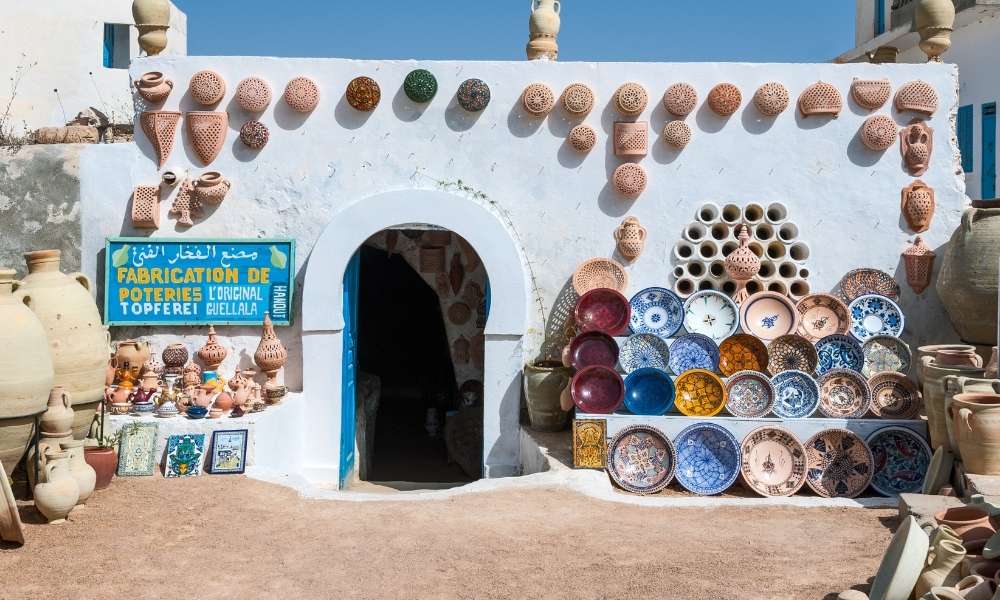
Pottery and ceramic arts have flourished all throughout the Mediterranean basin, particularly during the Roman era.
Entrenched in Andalusian and Italian influences, ancient Tunisian mosaics are renowned for being one of the definitive indicators of how expansive the country’s history is.
A great many intriguing artifacts have been found, some of which date back to the 2nd century AD.
Most areas in Tunisia, particularly during the 3rd century had their own mosaic workshops where master crafters and apprentices would produce wonderfully colorful designs with distinct color palettes making allusions to the vibrant African heritage.
This would include vivid imagery of wildlife, hunting, and nature.
Many of the mosaics crafted were largely used to embellish floors, buildings, mosques, and other amenities.
In fact, ceramics have become an essential decorative component in Tunisian architecture. So in a way, these buildings in of themselves are towering works of art that demand recognition and acclaim.
Tourism in Tunisia
Tourism is a major source of income for Tunisia and the country has allocated sizable budgets as an investment in developing and improving its tourism infrastructure.
The country accounts for 8 million visitors annually. This number of visitors generates around $2 billion of revenue on a yearly basis.
The multitude of hotels, state of the art international airports, as well as commendable passenger ports connecting Tunisia to the rest of the world, can provide tourists with a supreme travel experience.
The country’s 800 miles of coastline with its golden beaches and deep blue oceans make it the perfect destination for late spring/early summer holidays.
Tourism has also known a significant boost due to movie makers who have tapped into the full potential of Tunisia’s gorgeous landscapes, diverse climates, and varied ecosystems.
This is in addition to the many attractions and fun activities like golfing, hiking, horse riding, swimming, camel-trekking, fishing, and diving

